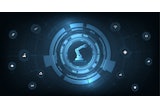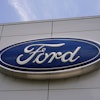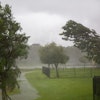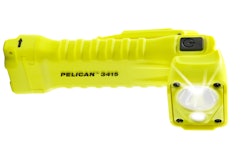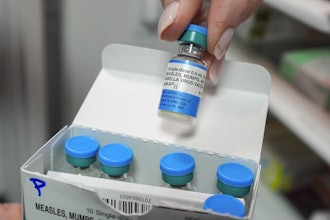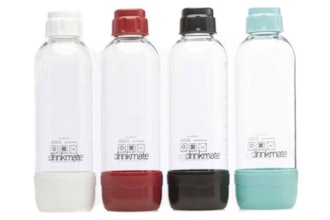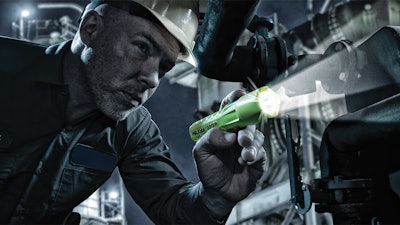
As we’ve seen in recent years, sometimes even the most innocuous items can transform into airline-banned fire hazards overnight.
While getting caught in a room with an exploding cell phone would be frightening at best, an accidental fire or explosion in a hazardous location could mean serious injury or death for an employee.
This is why all equipment used in such locations must be tested and approved as safe to operate. As a potential source of ignition, flashlights are held to strict guidelines for these conditions.
The presence of flammable gases, vapors or liquids, combustible dusts or ignitable fibers that pose a risk of fire or explosion define hazardous conditions. For example, petroleum and chemical processing plants contain hazardous and flammable materials, as do certain health care facilities and marinas.
Articles 500 through 506 of the National Electric Code, a publication of the National Fire Protection Association, classify hazardous locations by the properties of the hazardous materials and the likelihood of flammable concentrations being present. They also stipulate safety requirements for all equipment being used in these areas.
If you’re looking for a flashlight to use in a hazardous location, you must understand the nature of the ignition risk in that specific location so you can choose the appropriate model. You should familiarize yourself with these guidelines in order to ensure that the selected flashlight carries the safety certifications that match the environment in which it is to be used. For example, knowing the ignition risk in the location is critical if you’re working inside an oil tank or a grain silo.
In North America, the NEC classifies hazardous locations by four criteria: Class, Division, Group and Ignition Temperature.
Class
Class defines the nature of the potentially hazardous materials present at the location. There are three Classes:
- Class I: Flammable Gases, Vapors or Liquids (e.g. gasoline): Locations where you would typically encounter Class I materials include oil refineries, offshore oil rigs, paint warehouses and spray booths.
- Class II: Combustible Dusts (e.g. metallic dusts, flour and cornstarch): Class II materials are typically found in locations such as coal mines, munitions factories, grain silos and hay storage facilities.
- Class III: Ignitable Fibers and Flyings (e.g. rayon, nylon, cotton, sawdust and wood chips): You could expect to find Class III materials in locations such as paper mills, woodworking facilities, textile mills and cotton gins.
Division
Division describes the likelihood that there will be sufficient concentrations of hazardous material at the location to present a fire or explosion risk. There are only two divisions:
- Division 1: An ignitable concentration of the hazardous material is present under normal operating conditions. The shorthand description for Division 1 is “hazard likely.” An example of a Division 1 location is the interior of an oil or gas tank.
- Division 2: An ignitable concentration of the hazardous material is present only under abnormal operating conditions. The shorthand description for this Division is “hazard not likely.” An example of a Division 2 location is the area around a fuel tank.
Group
Group classifies hazardous materials within a Class by the similarity of their properties, especially their ignition-related properties. While Class categorizes materials by their physical characteristics, Group categorizes them by their flammable or explosive characteristics.
There are seven different groups, and each one falls under the umbrella of a specific Class.
Class I Groups:
- Group A (example materials: acetylene)
- Group B (example materials: butadiene, ethylene oxide and hydrogen)
- Group C (example materials: carbon monoxide, ethyl sulfide and hydrogen sulfide)
- Group D (example materials: acetone, ammonia, gasoline and ethanol)
Class II Groups:
- Group E (example materials: combustible metal dusts such as aluminum and magnesium)
- Group F (example materials: carbonaceous dusts such as coal, charcoal and coke)
- Group G (example materials: dusts not included in Groups E and F, such as wood, plastics, flour, starch and chemical dusts)
Class III materials are not subdivided into Groups.
Ignition Temperature
The maximum surface temperature of any equipment that will be used in a hazardous location must be below the minimum ignition temperature of all hazardous materials present at that location.
Since ignition temperatures vary, it is important to verify that the temperature rating is appropriate for hazardous material that is present.
The Temperature rating indicates the maximum allowable surface temperature of the equipment being used during operation and is divided into six ratings:
- T1: 450°C
- T2: 300°C
- T3: 200°C
- T4: 135°C
- T5: 100°C
- T6: 85°C
When choosing a flashlight, ensure that its maximum surface temperature is less than the ignition temperature of all hazardous materials present in your work area.
Choosing the Right Flashlight
Your first step in choosing a flashlight should be to determine the Class, Division and Group of your work location, as well as the ignition temperatures of all hazardous materials present.
As long as the safety requirements are met, you’ll also have a variety of design and feature options to choose from. Here are a few such options that may be available from which to choose:
- Handheld
- Headlamp (hands free)
- Right Angle (hands free)
- Rechargeable
- Battery Level Indication
- Multiple modes (high / low / flashing)
- Various Light Output Levels
- Various Run Times
- Various Sizes
- Variety of Colors
- Manufacturers Guarantee
By using these guidelines, you will help provide a lighting tool that will get the job done safely and effectively.
Scott Jones is the Director of Lighting Product Management at Pelican Products, Inc., the global leader in the design and manufacture of advanced portable lighting tools and high-performance protective cases and containers. They are based in Torrance, California. www.pelican.com.
